Visiting UNESCO World Heritage Sites provides an opportunity to immerse oneself in history and culture while experiencing breathtaking natural beauty. These sites offer a deeper understanding of the world’s diverse heritage. Additionally, visits to these locations support conservation efforts and contribute to sustainable tourism practices. All UNESCO Sites around the world serve as windows to the past and present, showcasing remarkable human achievements and natural wonders from around the globe.
Criteria for UNESCO Sites Around the World
There are 10 criteria to designate a site as a World Heritage Site. Each site must meet at least one of these criteria to be included on the UNESCO World Heritage List.
Human Creative Genius: Represent a masterpiece of human creative genius.
Interchange of Values: Show an important interchange of human values over a span of time or within a cultural area of the world, particularly in architecture, technology, monumental arts, town-planning or landscape design.
Testimony to Cultural Tradition: Exceptional testimony to a cultural tradition or civilization, living or disappeared.
Significance in Human History: Outstanding example of a type of building, architectural or technological ensemble, or a landscape that illustrates significant stages in human history.
Traditional Human Settlement: Large representation of a culture or human interaction with the environment, especially when it has become vulnerable under irreversible change.
Heritage Associated with Events of Universal Significance: Directly or tangibly associated with events or living traditions, with ideas, beliefs, or artistic and literary works of outstanding universal significance. This criterion is preferably used in conjunction with other criteria.
Natural Phenomena of Beauty: Superlative natural phenomena or areas of exceptional natural beauty and aesthetic importance.
Major Stages of Earth’s History: Represents major stages of Earth’s history, including the record of life, significant ongoing geological processes, or significant geomorphic or physiographic features
Significant Ecological and Biological Processes: Represents significant, ongoing ecological and biological processes in the evolution and development of ecosystems and communities of plants and animals.
Significant Natural Habitat for Biodiversity: Contains the most important and significant natural habitats for in-situ conservation of biological diversity, including those containing threatened species of outstanding universal value from the point of view of science or conservation
Machu Picchu | Peru
Perched high in the Andes Mountains, Machu Picchu is an awe-inspiring testament to Inca ingenuity. This 15th-century citadel, hidden from Spanish conquistadors, was rediscovered in 1911. Its precise stone masonry, terraced fields and intricate water systems showcase advanced engineering. Theories about its purpose range from royal estate to religious sanctuary. The site’s dramatic setting, nestled between peaks shrouded in mist, adds to its mystique. Visitors can explore well-preserved ruins, including the Temple of the Sun and the Room of the Three Windows, while contemplating the lost civilization that created this magnificent mountaintop marvel.
Karnak Temple | Luxor, Egypt
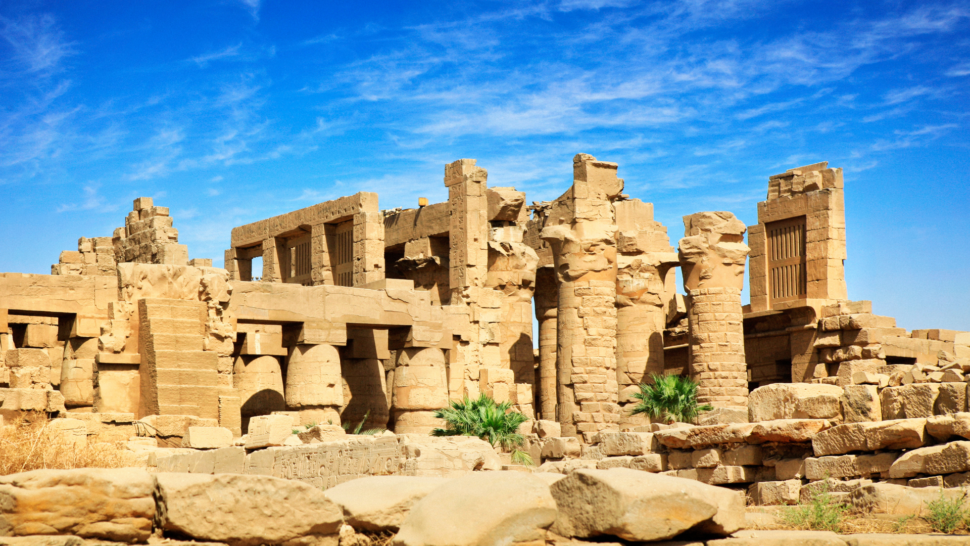
Karnak Temple, a massive complex spanning over 2,000 years of construction, stands as a monumental tribute to ancient Egyptian deities. This sprawling site, covering 200 acres, surpasses all other religious buildings in size. Its most impressive feature is the Great Hypostyle Hall, a forest of 134 massive columns adorned with intricate hieroglyphs and reliefs. The complex includes several temples, chapels and other structures, each telling stories of pharaohs and gods. Karnak’s best surprise peaks during the sound and light show, when projections bring the ancient stones to life, offering a glimpse into the site’s former glory.
Angkor Wat | Cambodia
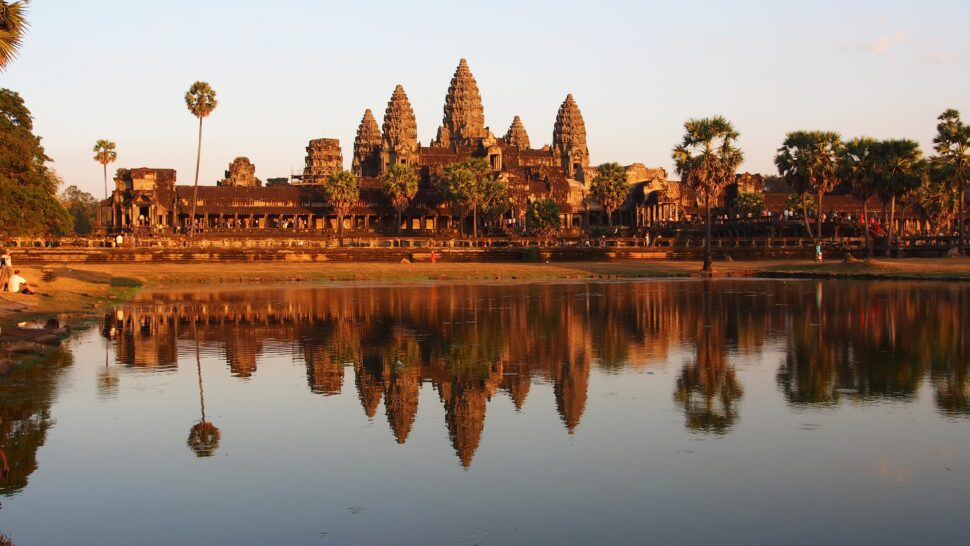
Angkor Wat, the world’s largest religious monument, is a breathtaking example of Khmer architecture. Originally built in the 12th century as a Hindu temple dedicated to Vishnu, it later became a Buddhist site. The temple’s iconic five towers, resembling lotus buds, dominate the skyline. Intricate bas-reliefs encircling the temple depict Hindu epics and historical events. The structure’s perfect symmetry and scale demonstrate advanced knowledge of architecture and aesthetics.
Surrounded by a vast moat, Angkor Wat deserves its spot on the list of travel-worthy UNESCO sites around the world. It is particularly stunning at sunrise when its reflection shimmers in the water, creating a magical atmosphere that captivates visitors from around the globe.
Acropolis of Athens | Greece
Overlooking the city of Athens, the Acropolis stands as a strong symbol of Classical Greece and the birthplace of democracy. This ancient citadel, with its marble temples gleaming white against the blue Attic sky, has witnessed over 2,500 years of history. The Parthenon, dedicated to Athena, is the site’s crowning glory, renowned for its perfect proportions and innovative architecture. Other significant structures include the Erechtheion, with its famous Caryatid porch, and the Temple of Athena Nike. The Acropolis not only showcases the pinnacle of Greek art but also embodies the philosophical and cultural achievements of the Golden Age of Athens.
Stonehenge | England
Stonehenge, a prehistoric monument on Salisbury Plain, has captivated imaginations for millennia. This ring of massive standing stones, some weighing up to 40 tons, was built between 3000 and 2000 BCE. Its purpose remains a mystery, with theories ranging from an ancient observatory to a healing center. The site’s construction demonstrates remarkable engineering skills for its time, particularly in transporting and erecting the massive sarsen stones.
Aligned with the movements of the sun, Stonehenge is especially magical during solstices. This enigmatic circle continues to be a place of spiritual significance and a source of endless fascination for archaeologists and visitors alike.
Yellowstone National Park | USA
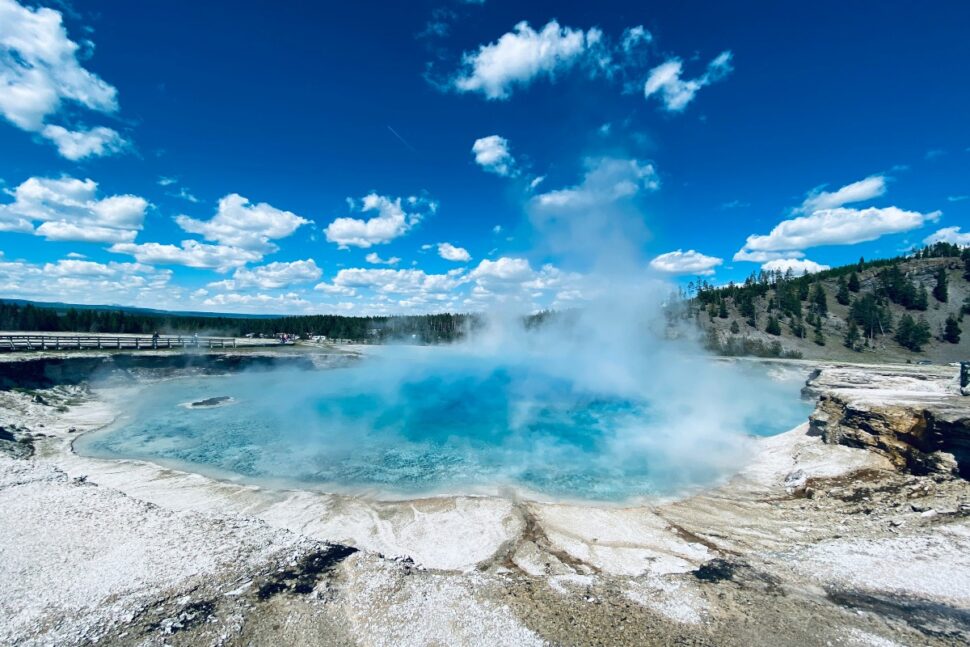
Yellowstone, the world’s first national park, is a geothermal wonderland spanning nearly 3,500 square miles. Famous for its colorful hot springs, mud pots and geysers — including the iconic Old Faithful — the park sits atop a supervolcano. Its diverse ecosystems support a rich variety of wildlife, including grizzly bears, wolves and herds of bison.
The park’s dramatic landscapes feature canyons, forests and pristine lakes. Yellowstone played a crucial role in the conservation movement and continues to be a living laboratory for scientists studying geothermal activity, ecology and wildlife management. Millions of visitors annually come to witness its natural wonders and untamed beauty.
Galápagos Islands | Ecuador

The Galápagos Islands, an archipelago straddling the equator, are a living museum of evolution. These volcanic islands, isolated from the mainland, harbor unique species that inspired Charles Darwin’s theory of evolution. Giant tortoises, marine iguanas and various endemic birds like the Galápagos penguin call these islands home.
The surrounding waters teem with diverse marine life, including sea lions, sharks and colorful fish. Each island offers distinct landscapes, from barren lava fields to lush highlands. The Galápagos continue to be one of the most travel-worthy UNESCO sites around the world. With scientific research and conservation efforts, it offers visitors a rare glimpse into a world largely untouched by human influence.
Hampi | India
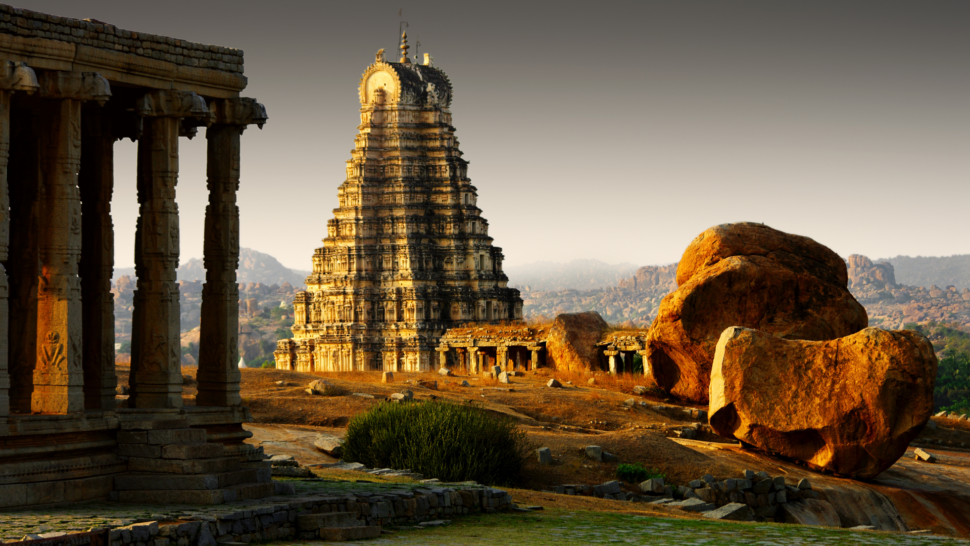
Hampi, the last capital of the great Vijayanagara Empire, is a vast open-air museum of architecture and archaeology. Scattered over a surreal landscape of giant boulders, the ruins tell tales of a 14th-century city that was once one of the largest and richest in the world.
The site has over 1,600 surviving remains of forts, riverside features, royal and sacred complexes, temples, shrines, pillared halls and water structures. The iconic Virupaksha Temple, still in use, towers over the site. Hampi’s blend of natural beauty and architectural splendor creates a mystical atmosphere, transporting visitors back to the glory days of a forgotten empire.
Sagrada Familia | Barcelona, Spain
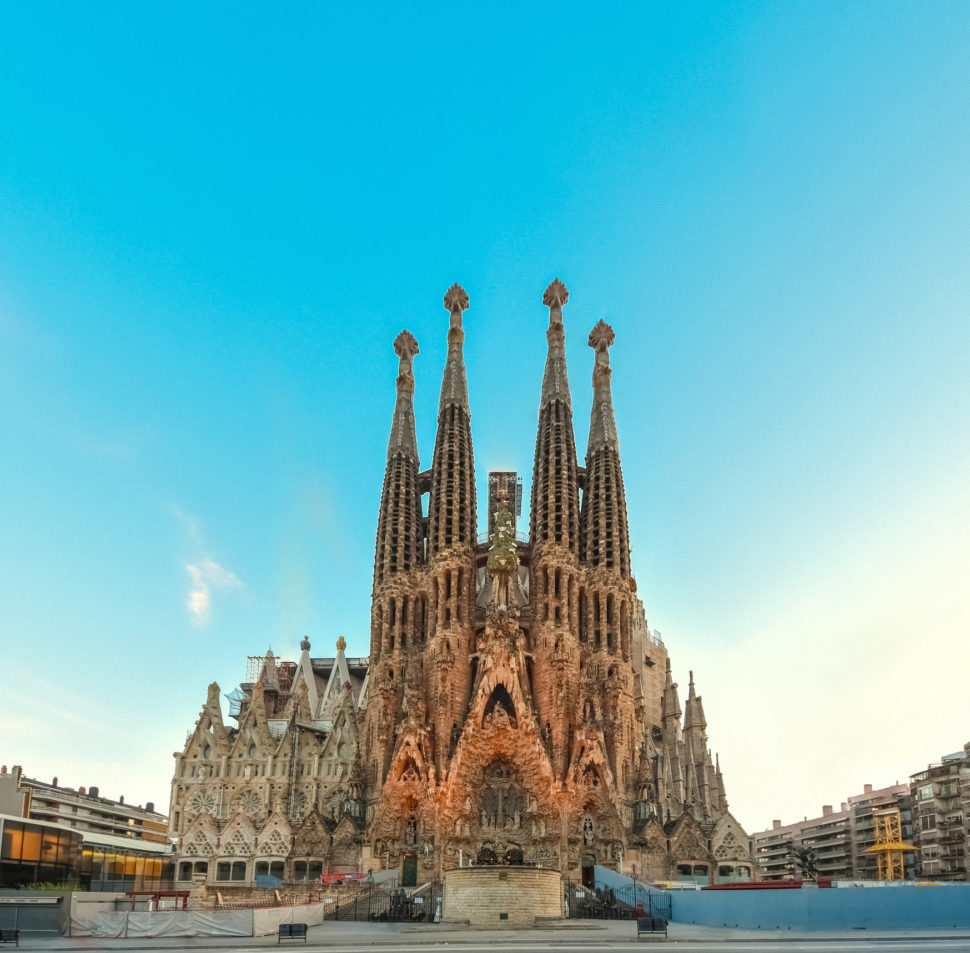
The Sagrada Familia, Antoni Gaudí’s unfinished masterpiece, is a soaring testament to architectural innovation and religious devotion. Construction began in 1882 and continues to this day, with completion expected in the 2030s. Gaudí blends Gothic and Art Nouveau styles with organic forms inspired by nature.
The basilica’s exterior features intricate sculptures telling biblical stories, while the interior is a forest of tree-like columns bathed in colorful light from stained glass windows. Despite being incomplete, it’s Barcelona’s most visited monument, attracting millions who marvel at its audacious design and the dedication required to realize Gaudí’s extraordinary vision over more than a century.
Old City of Jerusalem | Israel
The Old City of Jerusalem, a place of profound religious significance for Judaism, Christianity and Islam, is a living tapestry of history and faith. Enclosed by 16th-century Ottoman walls, the city is divided into four quarters: Jewish, Christian, Muslim and Armenian. Sacred sites abound, including the Western Wall, the Church of the Holy Sepulchre and the Dome of the Rock.
Narrow, winding streets lead to busy markets, ancient synagogues, churches and mosques. Every stone seems to tell a story, with layers of civilization built one upon another. Despite ongoing tensions, the Old City remains a powerful symbol of coexistence and a testament to the enduring human spirit.
Planning Your Visit To These UNESCO Sites Around the World
This list includes a mix of cultural and natural sites recognized for their historical, architectural or environmental significance. These sites are scattered across the globe, each offering a glimpse into the world’s rich tapestry of history, culture and natural beauty. Plan a special trip to this sites and experience breathtaking natural beauty while gaining a deeper understanding of our world’s diverse heritage.
